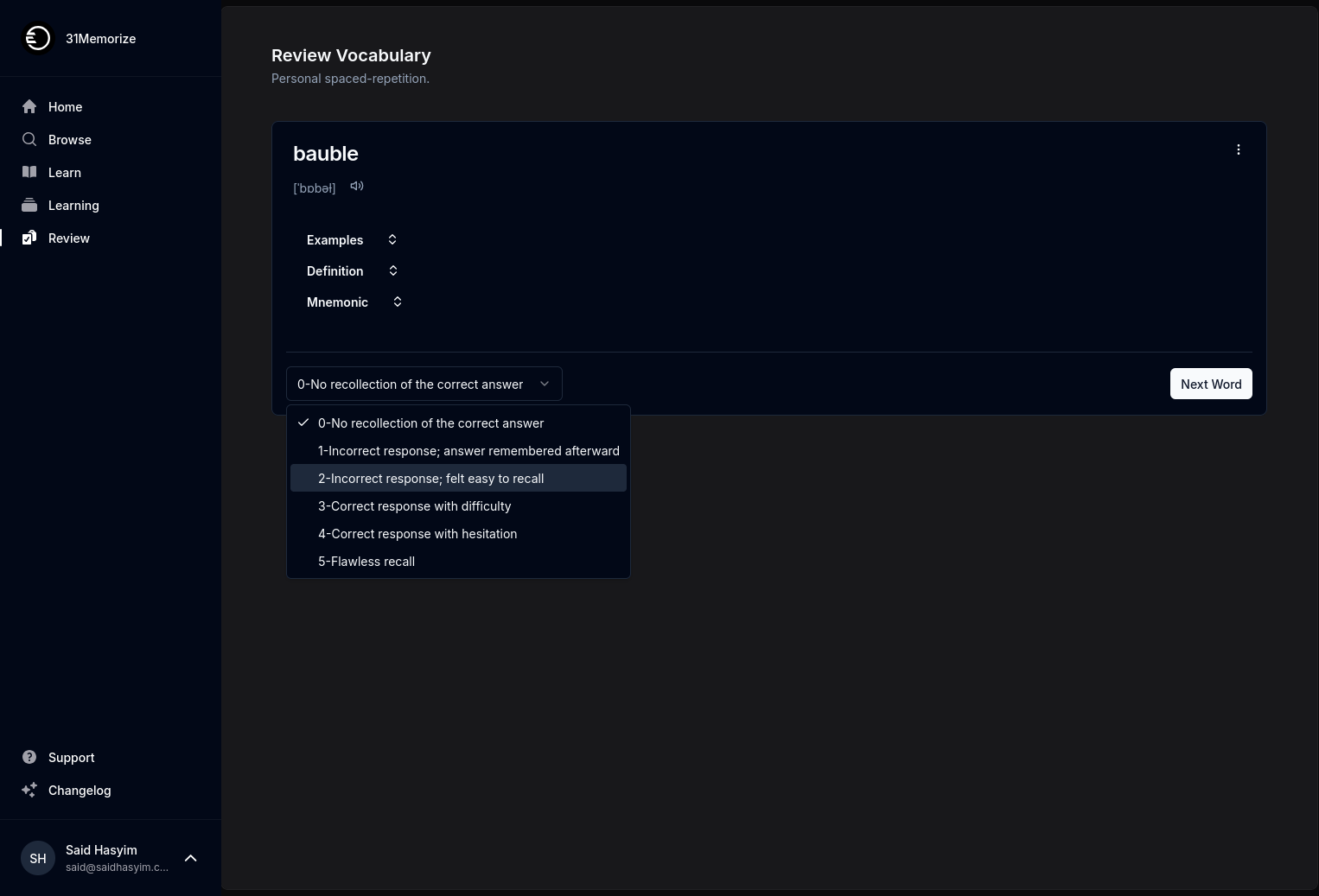Understanding the Relationship Between Ratings and Sales
In a world where consumers are increasingly reliant on reviews and ratings before making a purchase, the connection between these ratings and sales figures has become a hot topic. This blog post aims to explore the complex relationship between product ratings and sales, examining factors that influence consumer behavior, the impact of social proof, and the nuances of different rating systems.
The Importance of Ratings in Consumer Decision-Making
Transparency and Trust
Online shopping has transformed consumer behavior, with buyers able to sift through countless products with a few clicks. In this environment, ratings serve as an essential tool for building trust. According to studies, many consumers look for high ratings when making purchase decisions, viewing them as a reflection of a product's quality. A high rating can act like a beacon, drawing potential buyers in, while a low rating can deter them, even if they have never experienced the product first-hand.
Social Proof and Herd Behavior
Psychological concepts such as social proof come into play when consumers see products with high ratings. Social proof suggests that individuals look to others' opinions or actions when forming their own attitudes and behaviors. When a product boasts a high rating or numerous positive reviews, it signals that other consumers have had a favorable experience. This can create a herd mentality where potential buyers feel compelled to follow the crowd, further reinforcing the link between ratings and sales.
The Data Behind Ratings and Sales
Correlation Doesn’t Imply Causation
While higher ratings often correlate with increased sales, it’s crucial to recognize that correlation does not imply causation. In other words, just because products with high ratings tend to sell well does not mean that those ratings cause higher sales. Various factors contribute to sales performance, including:
Marketing Efforts: Effective marketing strategies can elevate sales independent of ratings. A well-crafted ad campaign can draw attention to a product, regardless of its rating.
Brand Loyalty: Established brands may experience consistent high sales due to brand loyalty rather than product ratings.
Product Availability: Sometimes, products with high ratings sell well simply because they are widely available in stores or online, leading to increased visibility and higher chances of purchase.
Analyzing Rating Systems
Different platforms employ varying rating systems, influencing consumer perceptions and decisions. For example, a 5-star rating system may seem straightforward, but the interpretation of ratings can vary significantly across platforms.
Star Ratings: Generally understood and widely used, star ratings can create an illusion of simplicity. However, a 4-star product may be perceived favorably on one platform and critically on another, depending on the competition’s performance.
Numeric Scores: Some platforms use numeric scores (e.g., out of 100), which may provide more nuance than star ratings but can also confuse consumers who lack context.
Qualitative Reviews: Written reviews can provide depth and context, allowing consumers to judge not just by the score but by the content of others' experiences.
Factors That Enhance the Ratings-Sales Relationship
Timing and Context
The timing of when a product is released can significantly affect its ratings and subsequent sales. A product launched during peak shopping seasons (like Black Friday or the holiday season) may garner more attention and higher sales, influencing ratings based on a higher volume of consumer interactions. Additionally, the context in which a product is reviewed plays a vital role. Seasonal products, for instance, may get higher ratings during the season, while off-season purchases could see fluctuating reviews based on expectations versus experience.
Customer Engagement
Engaged customers are more likely to leave ratings and reviews. Brands that establish strong relationships with their customers, provide exemplary customer service, and actively respond to feedback tend to benefit from higher ratings. This engagement can enhance customer satisfaction, thus elevating both ratings and, by extension, sales.
Managing Negative Reviews
Negative reviews can significantly affect a product’s reputation, but how a brand responds can positively influence perceptions. Timely and constructive responses to negative feedback demonstrate a commitment to customer satisfaction, which can mitigate potential sales losses. Rather than ignoring negative reviews, businesses that address them effectively can show potential customers that they care about their experience, fostering trust and potentially improving ratings over time.
Conclusion: A Symbiotic Relationship
The relationship between ratings and sales is dynamic and multifaceted. While higher ratings often correlate with increased sales, it is essential to consider the broader context in which these ratings exist. Multiple factors influence consumer behavior, and understanding these nuances allows businesses to strategically enhance their products’ visibility and manage their reputation effectively.
Ultimately, for consumers, ratings serve as a vital part of the decision-making process. For businesses, monitoring ratings, addressing customer feedback, and fostering engagement can create a powerful cycle where quality products lead to satisfied customers, resulting in higher ratings and increased sales. Understanding this relationship is essential in today’s competitive marketplace, where maintaining a positive image can make or break a product’s success.
